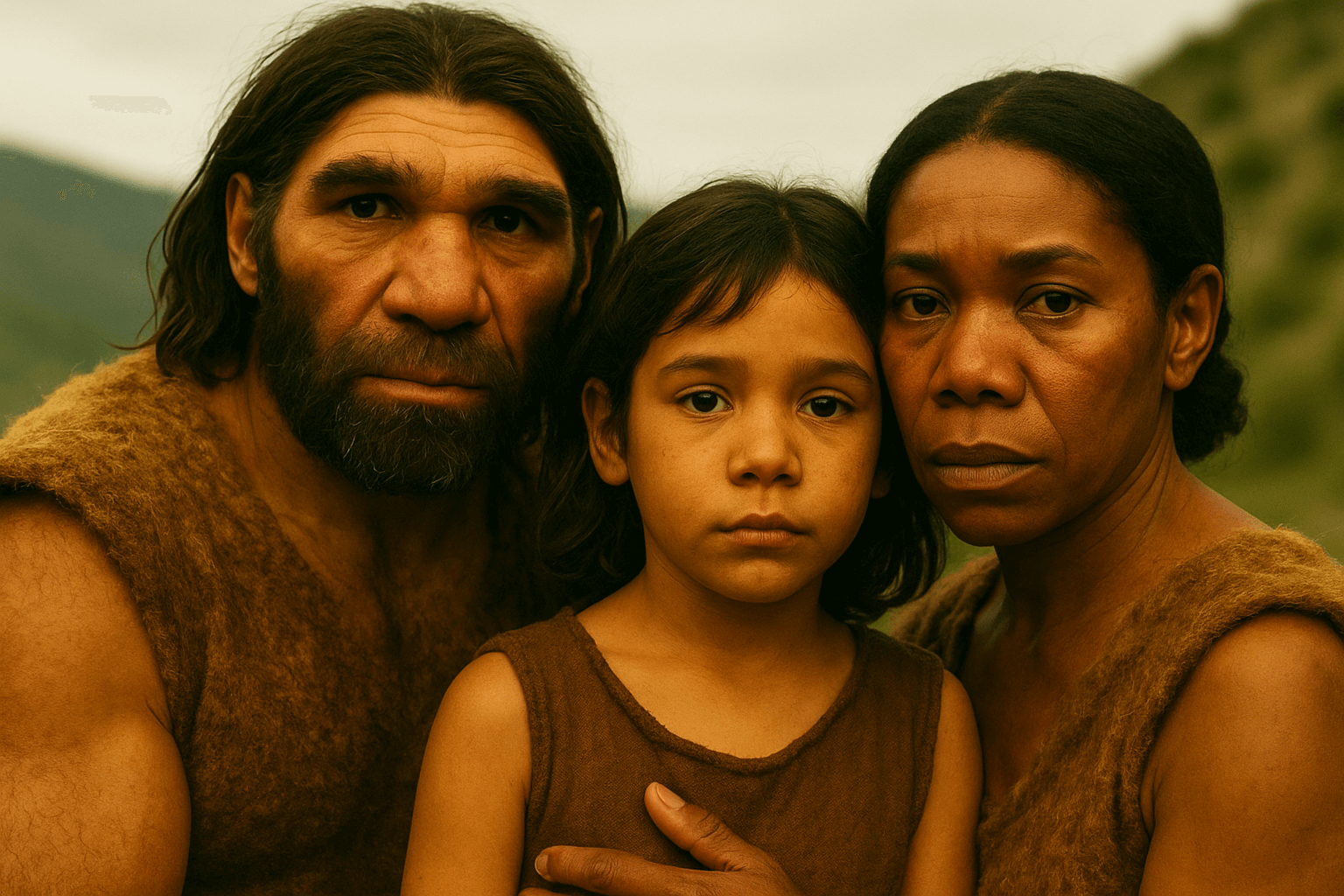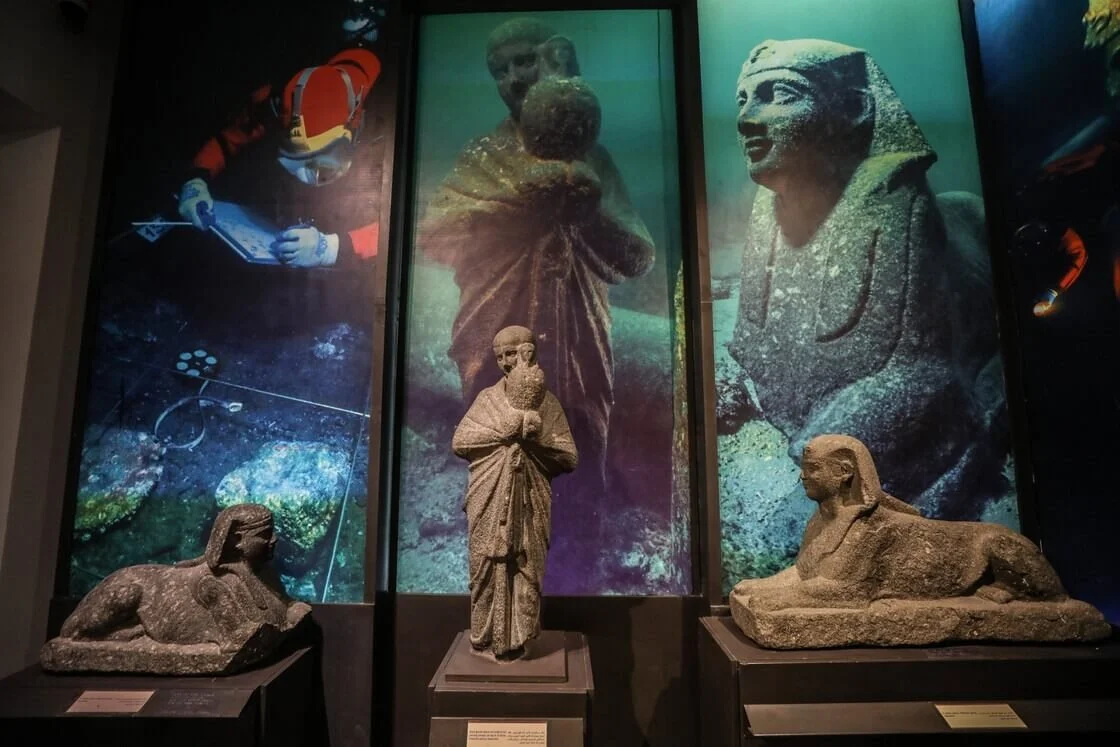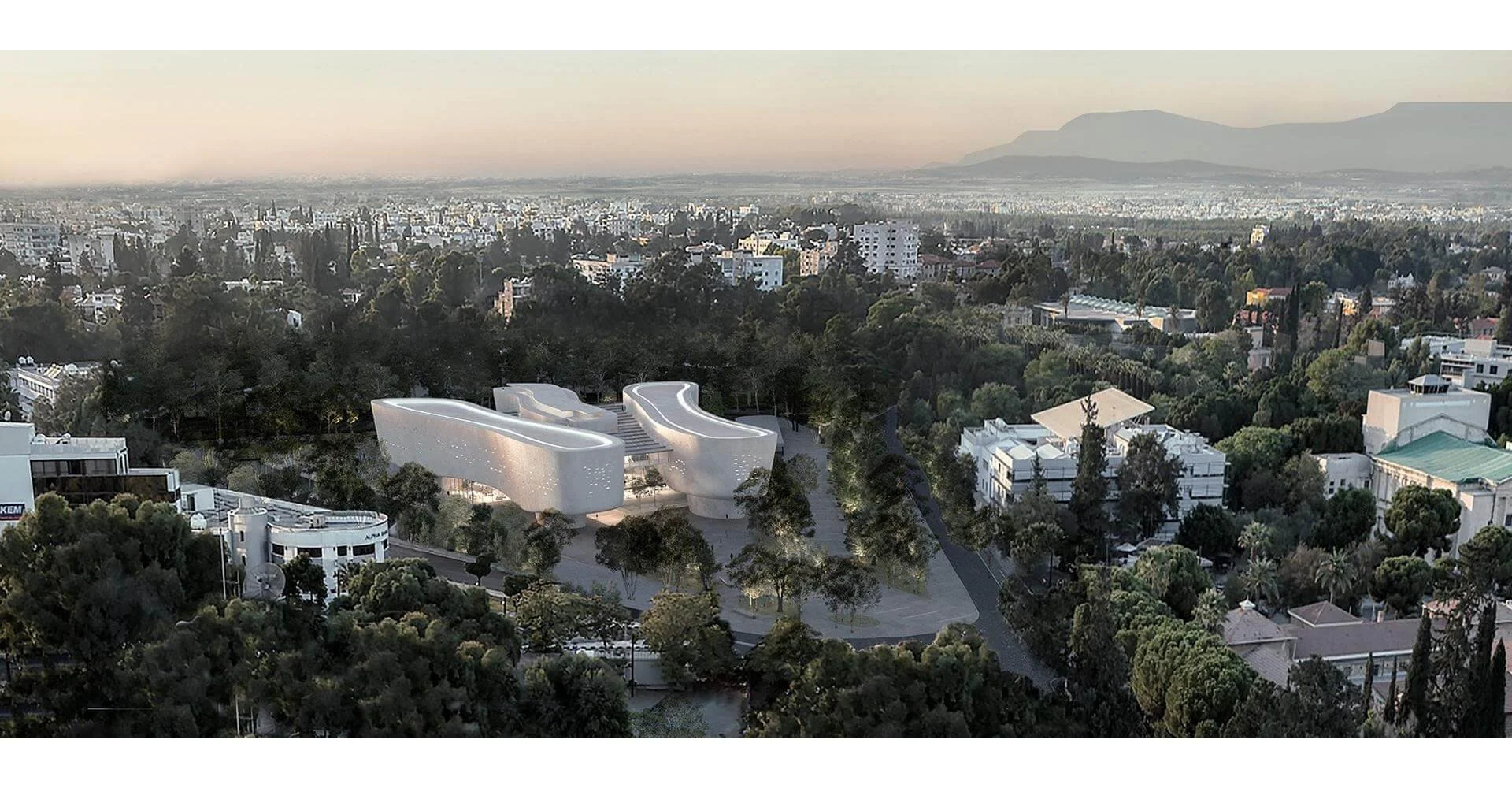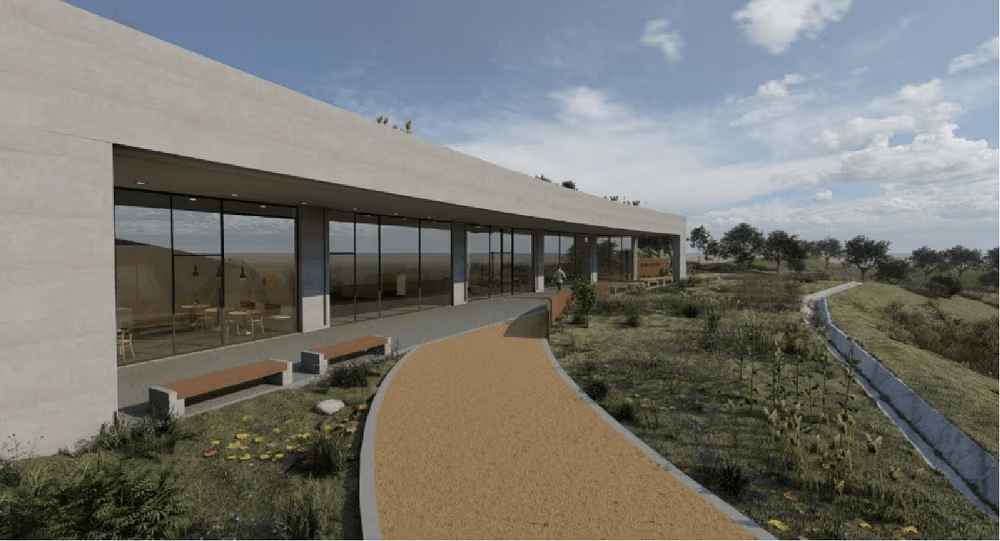BY THE ARCHAEOLOGIST EDITOR GROUP
Unveiling the Terracotta Army: A Look into the Reign of Emperor Qin
Thousands of life-size terracotta statues depicting soldiers and horses date back to the third century BCE and are collectively referred to as the Terracotta Army or the Terra Cotta Warriors and Horses. Farmers in the Lintong District of Xi'an, Shaanxi Province, China, stumbled upon the army in 1974. The find has helped shed light on ancient Chinese history and culture, earning it a place among the top archaeological discoveries of the twentieth century.
The Terracotta Warriors and Horses were built in 210 B.C. to guard the tomb of Qin Shi Huang, the first emperor of China. As the first emperor of China, Emperor Qin is remembered for bringing the country's warring states under one unified rule. The Great Wall of China and the Grand Canal are just two of his many famous building projects.
Farmworkers in the Lintong District, China, uncovered the Terracotta Army while digging a well. They discovered a terracotta warrior statue that was nearly life-size, prompting the dispatch of archaeologists. Soldiers, horses, chariots, and weapons were among the thousands of terracotta statues discovered by the team. Three pits, each about 200 meters in length and 5 meters in depth, were dug to house the statues' final resting places. Chariots and weapons were placed at the rear of the formation, and the soldiers and horses were lined up in battle formation.
Hollow molding, a technique used in pottery that involves shaping clay before firing it at high temperatures, was used to create the statues. Each of the terracotta soldiers has their own distinct expression, hairstyle, and outfit. This points to the statues being based on actual military personnel.
There are a variety of reasons why the Terracotta Army is such a rare and significant find in ancient China. First, it's a great resource for learning about ancient Chinese society and culture. The Qin army is a representation of the military might of the Qin empire as well as the high level of craftsmanship and artistic achievement of the period. The ancient Chinese concepts of death and the afterlife are partially revealed through the statues.
Secondly, the construction methods and materials used by the Qin empire have been partially revealed thanks to the discovery of the Terracotta Army. The statues were made by combining clay with straw and other materials and firing it at high temperatures. The statues were protected for over two thousand years thanks to the materials and methods used to preserve them.
In conclusion, the Terracotta Army is another major Chinese tourist attraction. As a UNESCO World Heritage Site, the location is accessible to the public. Several of the statues have been dug up from their original burial sites and put on display in a museum after the site was excavated and restored.
To sum up, the Terracotta Army is an important archaeological find that sheds light on China's past and culture. The army is a representation of the strength of the Qin Empire's armed forces, the sophistication of its artisans, and the ancient Chinese view of death and the afterlife. The discovery has also illuminated the building practices and materials of the Qin dynasty. Visitors from all over the world continue to be fascinated and amazed by the Terracotta Army, making it another major Chinese tourist attraction.








